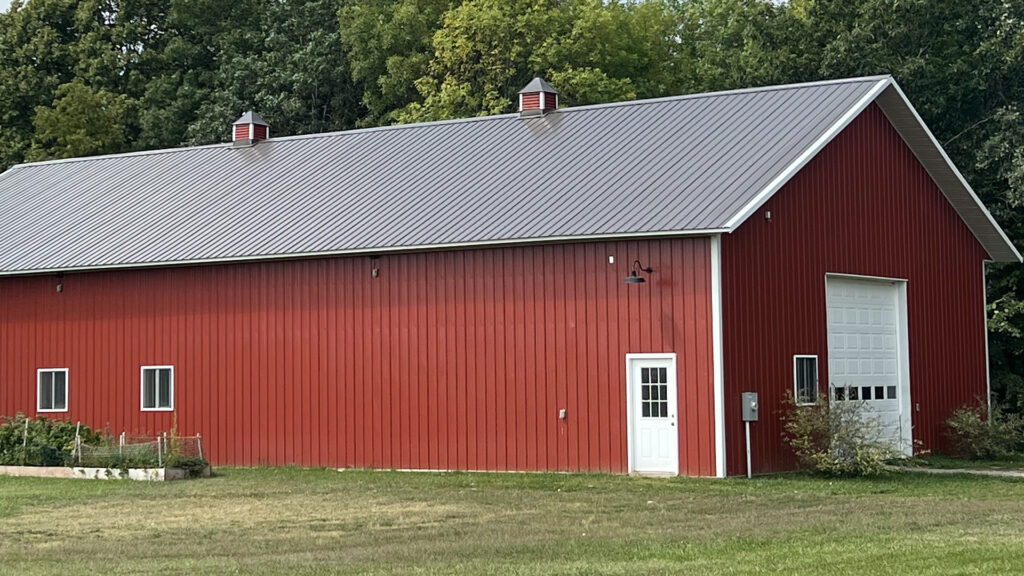Roofs, often overlooked, play a crucial role in protecting your home and everyone in it. The importance of early detection of roof damage cannot be overstated. By identifying potential issues early, homeowners can potentially save thousands of dollars in repairs and prevent catastrophic damage to the rest of the house. More importantly, timely detection and repair enhance the overall lifespan of your roof. Ignoring early signs of roof damage can lead to serious consequences. Small leaks can quickly escalate into major ones, leading to water damage inside your home. Not only can this damage belongings, but it can also lead to the growth of mold and mildew, which can cause health issues for the occupants.
Ignored damage can also compromise the structural integrity of the roof, making it susceptible to collapse, which can be extremely dangerous. Neglecting signs of roof damage can also affect your home’s energy efficiency. A damaged roof can lead to heat loss in winter and excessive heat absorption during summer, resulting in higher utility bills. In addition, if you’re planning to sell your home, a damaged roof can significantly reduce its market value. In essence, paying attention to early signs of roof damage is not just about maintaining your home but also about securing your investment and ensuring the safety and health of your family.
Understanding Your Roof: Types and Materials
Flat Roofs and Their Characteristics
Flat roofs, as the name suggests, have no slope and are commonly found in commercial buildings. Their lack of a gradient makes them more susceptible to water pooling and leakage. Without a proper drainage system, standing water can lead to significant deterioration over time, increasing the likelihood of leaks and structural issues.
Sloped and Peaked Roofs
Sloped roofs, which are more common in residential buildings, provide better water runoff and reduce the risk of pooling. However, they can be vulnerable to damage from wind, rain, and snow, leading to deteriorating or missing shingles. Peaked roofs, with their higher slopes, offer increased resistance to harsh weather conditions but require consistent inspection, as damage may not always be visible from the ground.
Common Roofing Materials and Their Durability
The choice of roofing material plays a crucial role in a roof’s longevity and susceptibility to damage. Asphalt shingles are widely used due to their affordability and durability, but they can crack, warp, or lose granules over time. Metal roofing is known for its resilience but can dent or rust with prolonged exposure to the elements. Tile roofs, whether made of clay, concrete, or slate, offer long-term durability but are prone to cracking under heavy impact. Wood shakes provide a distinct aesthetic but demand regular maintenance to prevent decay and insect damage.
Visible Signs of Roof Damage
Wear and Tear on Shingles
Shingles are a critical component of a roof’s protection, and any visible damage to them is a sign of potential roof issues. Cracking, curling, or missing shingles indicate weathering and possible exposure to water infiltration. Regular inspections can help identify these problems early, preventing more extensive damage.
Discoloration and Water Stains
Stains or discoloration on the roof’s surface often indicate water damage. Depending on the material, these stains may be subtle or prominent. Water stains suggest that moisture has been trapped, which could lead to leaks if not addressed promptly.
Mold, Moss, and Vegetation Growth
Moss and mold thrive in damp environments, signaling excessive moisture on the roof. Green patches or fungal growth, particularly in shaded areas, indicate potential water retention issues that may lead to long-term structural damage.
Damaged or Missing Flashing
Flashing is designed to direct water away from critical areas such as chimneys, vents, and intersections where the roof meets walls. If flashing becomes loose, cracked, or missing, water can seep into these vulnerable spots, leading to leaks and structural deterioration.
Sagging or Uneven Roof Surfaces
A sagging or uneven roofline is a serious concern that may indicate prolonged water damage, structural weaknesses, or faulty installation. Immediate attention is required to prevent further deterioration, which could lead to costly repairs or even roof replacement.
Interior Signs of Roof Damage
Water Stains on Ceilings and Walls
Water stains on interior ceilings and walls are often the first noticeable signs of a leaking roof. Discoloration, peeling paint, or bulging surfaces suggest that moisture is infiltrating from above, requiring immediate inspection.
Musty Odors and Mold Growth
A persistent musty smell within the home may indicate mold growth caused by roof leaks. Mold thrives in damp conditions, and its presence inside a house can lead to both structural damage and health concerns.
Unexpected Increase in Energy Bills
A sudden rise in energy bills could be linked to roof damage affecting insulation. Poor insulation due to leaks or gaps in the roofing system forces heating and cooling systems to work harder, leading to higher energy consumption.
Inspecting Your Roof
Timing and Frequency of Inspections
Regular roof inspections are essential for early damage detection. The best times for inspections are after heavy storms and at least twice a year, preferably in spring and fall, to assess weather-related wear.
Safety Considerations for Roof Inspection
Safety should always be a priority when inspecting a roof. Using a stable ladder, wearing slip-resistant footwear, and having a second person present for assistance can help prevent accidents. If the roof is steep or extensive damage is suspected, it is advisable to avoid climbing and instead seek professional assistance.
When to Call a Professional
While basic inspections can be performed by homeowners, professional expertise is necessary for thorough assessments. Severe damage, extensive leaks, or aging roofs require the attention of experienced roofing contractors who can detect underlying issues that may not be visible to the untrained eye.
Professional Roof Assessment and Repair
The Importance of Professional Inspections
Roofing professionals have the necessary experience and tools to conduct in-depth inspections. They can identify hidden leaks, weak spots, and areas prone to future damage, ensuring a comprehensive assessment of roof health.
What to Expect During a Professional Inspection
A professional roof inspection typically begins with an external examination of shingles, flashing, and drainage systems. This is followed by an interior inspection of attic spaces for signs of water intrusion, mold, or insulation issues. A detailed report is then provided, outlining necessary repairs or replacement recommendations.
Repairing Roof Damage
Professional roof repair varies depending on the severity of the damage. Minor fixes, such as replacing damaged shingles, help prevent leaks, while major repairs, including structural reinforcement, ensure the long-term stability of the roof. In cases of severe damage, a full roof replacement may be necessary.
Selecting a Reliable Roofing Contractor
Choosing a qualified contractor is crucial for high-quality repairs. Homeowners should verify licensing, insurance, and customer reviews before hiring a roofing professional. Requesting multiple quotes and ensuring warranty coverage can help secure a fair balance between cost and service quality.
Preventive Measures
Routine Roof Maintenance
Regular maintenance is key to extending a roof’s lifespan. Clearing debris, checking for signs of wear, and ensuring proper drainage help prevent avoidable damage. Conducting biannual roof assessments can help homeowners stay ahead of potential issues.
Ensuring Proper Insulation and Ventilation
A well-insulated and ventilated roof prevents temperature fluctuations that can lead to damage. Proper insulation minimizes heat loss in winter and prevents excessive heat buildup in summer, while good ventilation reduces moisture accumulation that can lead to rot and mold.
Addressing Repairs in a Timely Manner
Small roof issues can escalate if left unaddressed. Promptly repairing minor leaks, replacing missing shingles, and sealing cracks can prevent more significant structural problems. Proactive roof care not only saves on costly repairs but also ensures the overall integrity of the home.
Conclusion
In conclusion, early detection and mitigation of roof damage is crucial to maintaining the overall health and longevity of your home. Through regular maintenance, routine checks, and ensuring proper insulation and ventilation, homeowners can prevent the formation of ice dams and moisture buildup, both of which can cause significant damage to the structure of the roof. Additionally, timely repair and replacement of damaged areas can extend the lifespan of your roof, saving you considerable time, money, and stress over the long term. Spotting early signs of roof damage is not only an essential part of home maintenance, but it is also a proactive measure towards preserving the most significant protective barrier of your home.
By observing and acting on these signs, you can nip potential issues in the bud before they escalate into costly repairs or replacements. Therefore, it is imperative to take roof maintenance and damage prevention seriously. Regularly inspect your roof, especially after extreme weather conditions, and act promptly on any signs of damage. Remember, a small investment in time and effort today can save you from significant expenses and hassle in the future. Your home is your sanctuary, and your roof is its shield. Protect it with the care and attention it deserves.
Name, Address, and Phone
Kinmount Exteriors LLC
40545 Blackfoot St NW, Braham, Minnesota, 55006, US
320-335-7753
Social Media
https://facebook.com/people/Kinmount-Exteriors/100083301042946/


